Blind Spots in Security Awareness Training Programs
Why Social Engineering Techniques Continue to Work
Standard Security Awareness Training Does Not Protect Against Social Engineering Attacks
Beyond external network attacks, companies should look into security blind spots surrounding their employees. Employees rely on companies to train them to identify malicious activity. However, most security awareness training does not account for the creative social engineering tactics hackers use to take advantage of an organizations human weaknesses. For example, it is common to tell employees not to open email attachments from unknown sources. However, what if it is part of an employee’s job to receive and open third-party attachments? Alternatively, what if the email came from a trusted source, but the employee was unaware the trusted source was compromised and sent malicious links?
In cases like these and many others, the fault is not the security awareness training but that most security awareness programs do not account for detection blindspots. VerSprite’s consultants often manage to compromise trusted communication mediums during red teaming operations, including Slack accounts and employee email accounts. We used these critical communication mediums to move throughout the organization, compromising one account after another until reaching the engagement’s end goals, which are pre-defined between the clients, in collaboration with the offensive security team. These goals often focus on determining the ease in which attackers gain illicit access to business-critical data like protected health information (PHI) or business-critical systems like administrative access to cloud services.
Our red team rarely gets caught with this tactic. It is not until after reviewing exercise reports that clients realize they need visibility into more than just flagging emails from external sources.
This article highlights a sample of social engineering techniques VerSprite’s Offensive Security team (OffSec) has successfully conducted during red team exercises. These techniques focused on the human element of an organization to demonstrate how cybercriminals use creative ways to find and extort human error.
Using Phishing to Hijack Company Social Media Accounts
There are a few things that cast a light on the importance of operational security and overall security hygiene for a client; one is learning that they inadvertently left their corporate social media accounts open for hijacking. Leaving social media accounts unprotected can have detrimental effects on organizations, no matter the company size or amount of followers. The attacker has the power to post damaging content that can tarnish the company’s reputation and impact its bottom line.
For example, in a recent red team engagement, our client was Twitter verified and had over 18,000 followers, which added leverage to the company’s online presence. Verified Twitter accounts with a captive audience of thousands are valuable for attackers. Organizations often assume their social media accounts are secure because 1) they have not been hacked before and 2) that social media companies are looking out for their security. Believing (1) to be true does not make it true, and (2) is only true up to the infrastructure boundaries of the social media companies, leaving much of the reasonability in the hands of the account owners. Knowing this, organizations with large social media followings must ask themselves “how difficult would it be to hijack an account like this?” With a bit of technical know-how, creativity, and social engineering, it’s entirely possible.
To begin, we first had to identify the email address associated with the company’s social media account. For many Twitter accounts, this is not as difficult as it may seem. By initiating a password reset, Twitter will ask you for recovery options depending on your account settings. For our client, they allowed email. Twitter attempts to respect its users’ privacy by masking the email address, as seen in the screenshot below.
However, Twitter does not mask the length of the email address. Given that we knew the client’s name and website domain name, we were confident this was a company email address by matching the masked domain character count to their company domain. Based upon reconnaissance efforts, also we knew the company’s email format was {first initial}{last name}@domain.tld. A quick search on LinkedIn did not reveal anyone with a first name starting with “C” and the last name starting with “B.”
At this point, some hackers may abandon trying but any motivated hacker would not. We always take the route of motivation and we automated the Twitter registration process to see if the given email addresses were already associated with one on file with Twitter. Then we brute-forced the user registration form most common last names in the United States. This required us to automated the Twitter registration process using Burp Suite’s Intruder tool to see if any email address we guessed was associated with one on file with Twitter. To generate the list of email addresses, we followed the format c{last name}@domain.tld, and we ran through a list of the most common last names in the United States that begin with the letter “b.” Sure enough, we got a hit.
After confirming that this email address was linked to the account we were targeting, we were ready to social engineer the target. We set up a reverse proxy phishing site using the mitmproxy tool to interface between the target and Twitter to capture their session cookies and bypass MFA. Using a phishing domain that looked like one owned by Twitter, we masked it using Twiter’s t.co masking service. We masqueraded as a fellow employee asking the target to retweet something on the company’s Twitter account. Our email piggybacked off another email to provide context that would make the conversation appear less suspicious.
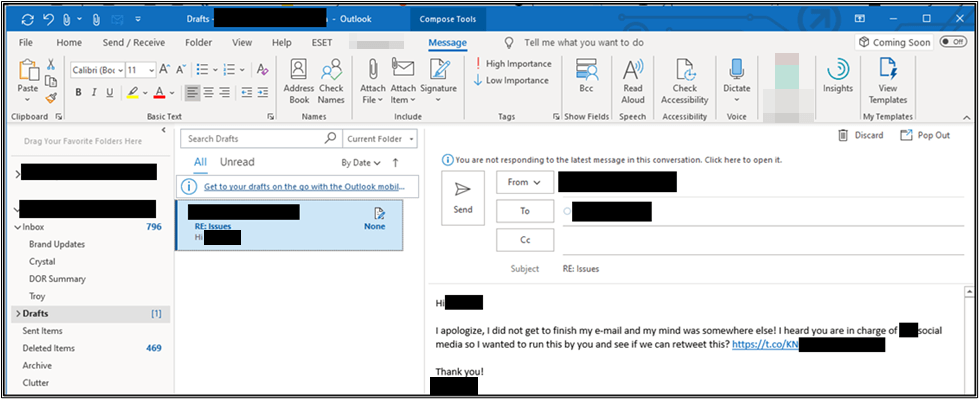
The target visited the link, authenticated, and entered their MFA token as we successfully captured their session cookies. Due to the nature of the reverse proxy attack, the victim was unaware that anything malicious happened.
Phishing Attacks From Within Show Gaps In Standard Email Security Training
In conducting this phishing attack, we were able to show our client the importance of implementing robust authentication methods like hardware-based multi-factor authentication, which would have made this attack much more difficult, or even impossible, to perform. This attack also demonstrated the importance of not relying solely on security awareness training because employees trust their coworkers, which still leaves companies vulnerable to social engineering attacks.
It is also essential for security leaders to consider how and where information gets leaked, be aware of the consequences of leaded information, and limit as much exposure as possible. For example, test the “Forgot Password” functionality to see how it works and question how it could be abused and how to mitigate it. One mitigation strategy is to audit the privacy and security settings on websites to reduce information leaks. Another mitigation strategy would be to avoid using individual employee accounts to register corporate social media accounts. Instead, register them to an unlisted and unguessable email address solely for that service.
Email Interception through Typosquatting
It is human nature to make mistakes. Human errors become relevant to hackers when email addresses are mistyped. Quite often, these typographical errors appear minor at first glance. For example, imagine the intended domain in the email address is somecompany.com. Several mistakes can happen when typing that in a rush:
- Swapped letters: someocmpany.com
- Repeated letters: someecompany.com
- Missing letters: somecompay.com (missing an ‘n’)
- Wrong TLD: somecompany.co
It is a standard red teaming practice to look for typosquatting candidate domains for a client’s domain and register them if someone has not already done so. Given enough time, we can often intercept emails that contain sensitive information. In one red teaming engagement, we intercepted credentials for the network visibility and cloud-based WAN platform Aryaka that our client had registered.
Without hesitation, we authenticated and found that our client was already making heavy use of the platform and the user we gained access to was an administrator. The administrator account had access to the entire directory of users, which included full names, email addresses, and telephone numbers.
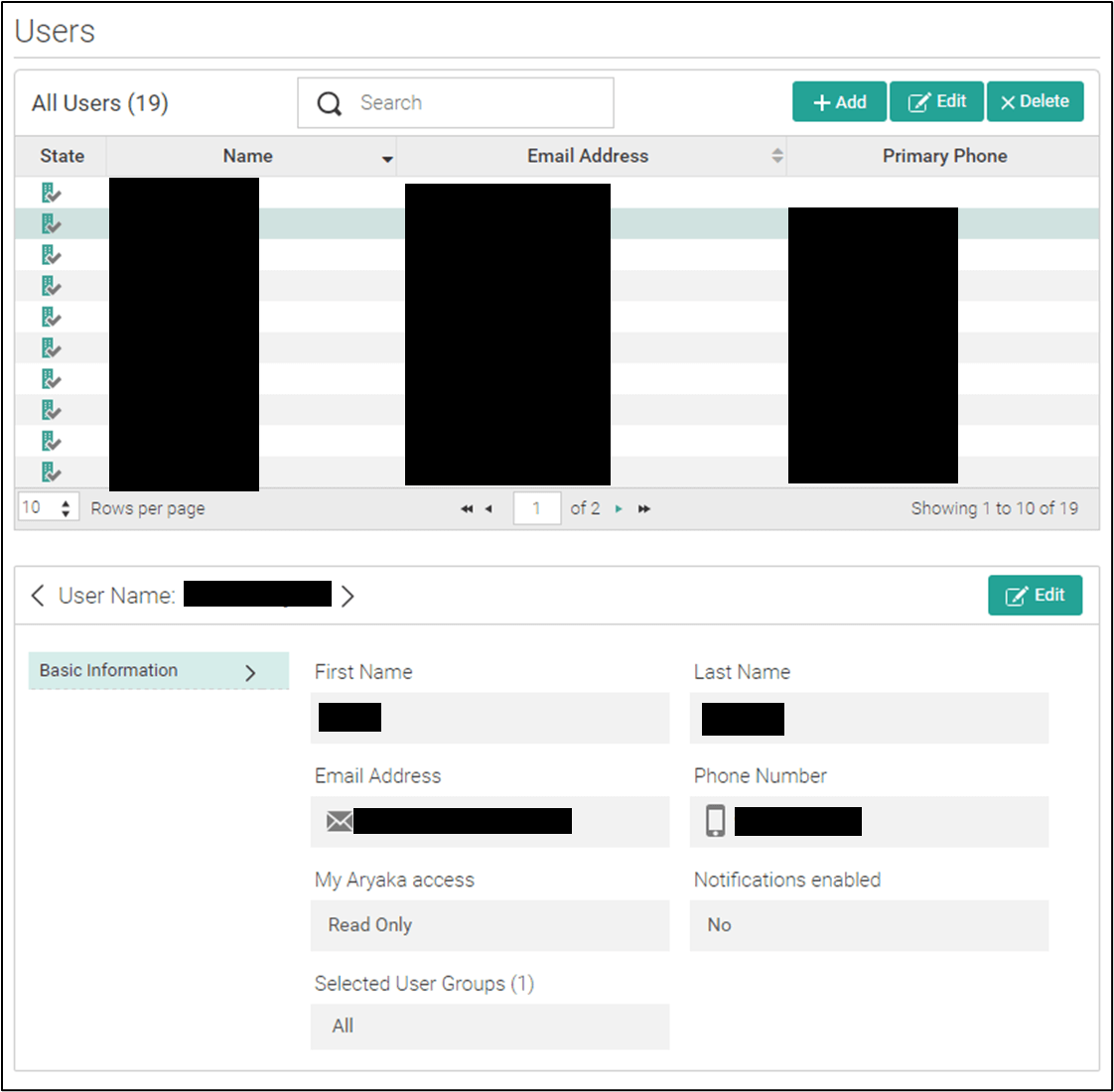
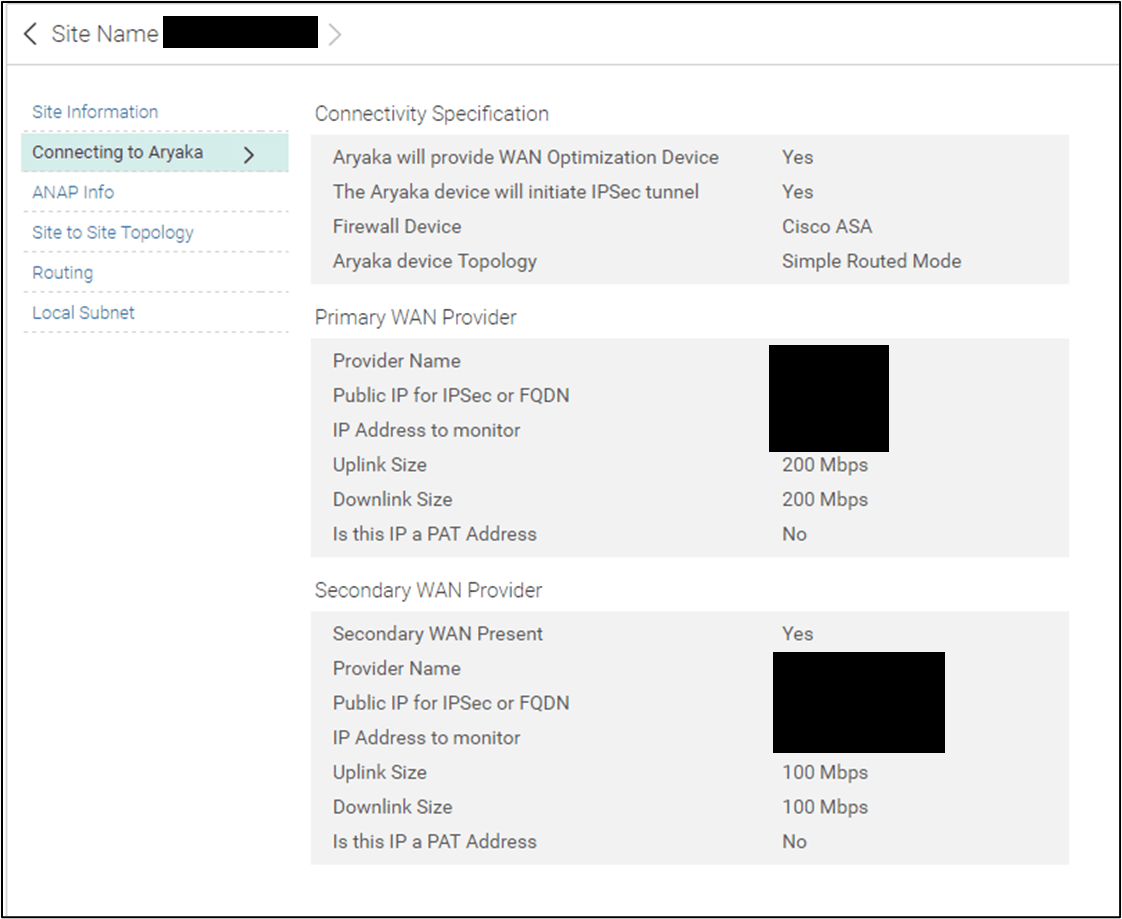
This privileged access to employee information and network infrastructure details was useful for attacks and allowed us to pivot into their enterprise network.
We could offer several examples of domain name hijacking; one that comes to mind was for an industry-leading provider of transportation services where we registered several typosquatting domains to intercept emails. Most of examples are difficult to show without revealing confidential information, but the image below is one where we learned a lot that could prove useful for social engineering because we had access to specific details that only company insiders would be expected to know.
We have redacted several pieces of information to protect our client’s security. However, behind the redactions are numerous bits of information useful for an attacker, depending on their motives. The screenshot shows how we got the relationships between employees, randomized usernames, a mainframe terminal window, trailer numbers, and more. While each piece on its own might not be critical, together, they helped form a larger picture that carried our attacks forward and could have resulted in devastating consequences for the company if we were a malicious attacker.
Prevent Typesquatting By Registering Similar Domains
In every case where typosquatting domains are used, we hand over these domains to our clients. We also strongly encourage our clients and all other companies to be proactive in registering as many typosquatting domains as possible and using every legal means available to take control of domains already register to malicious actors.
Smishing Attacks Go Beyond Email Phishing
SMS Phishing, or “Smishing,” is a form of social engineering where hackers use text messages to attack people or organizations. It can be surprisingly straightforward to obtain credentials from users or ask targets to install malicious mobile applications by masquerading as a trustworthy entity through SMS messages. A successful Smishing attack gives attackers access to organizational assets such as VPN networks or social media accounts. Smishing can be made more believable by incorporating impersonation techniques like number spoofing. Our experience shows that integrating current events or special knowledge can make the attack less threatening and generally more believable. This common social engineering manipulation tactic, along with a sense of urgency and the “always-on” nature of mobile phones, makes some people feel pressure to engage, increasing the chances of success for an attacker.
In one engagement, we learned that our client required employees to either be on-site or connected to a corporate VPN to access corporate resources. After investigating the web application placed in front of the VPN, we found it offered a mobile page. We also discovered that the company permitted employees to access the VPN from their phones, albeit with limited access rights.
We created a phishing website that ran a reverse proxy with mitmproxy that allowed employees to authenticate to the real VPN site through the reverse proxy. If an employee authenticated through our reverse proxy phishing site, we captured the session cookies and hijacked the session even if they had multi-factor authentication in the form of a time-based one-time password (TOTP).
We strategically sent nine employees the following text message from a phone number in their area, playing off the fact that a hurricane was approaching:
Hey [first name], due to Irma, please verify your VPN access tonight: https://vpn[redacted].com It Should work on mobile. If not, let IT know tomorrow. Thanks
Two employees fell victim to this, and we obtained their credentials, MFA token, and active session cookies.

The VPN only permitted one session at a time, and we lost access quickly, so we needed a new MFA token. We knew the office would be closed the following day due to the hurricane, so we had the following conversation over text message:
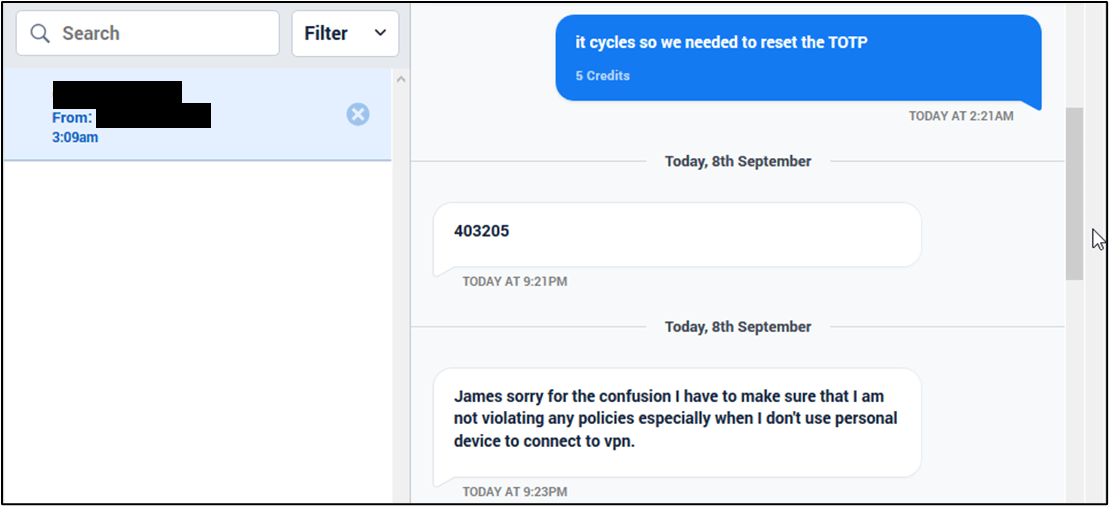
Initially, the employee was rightfully suspicious and asked us to call him. But by claiming to be a new employee that wanted to go home ahead of the hurricane, we established trust and were able to gain access to their corporate VPN. Notably, the targeted employee was a network engineer, demonstrating that anyone can fall victim to the right ploy. This red team engagement further emphasizes the need for security awareness at all levels in an organization.
Once we gained access to their corporate VPN, we noticed that entry from personal devices resulted in minimal access to internal resources. The company’s intention was to provide access only to key assets like email, the internal wiki, and the help desk.
Despite the restricted access, we managed to uncover configuration files and credentials for networking equipment by going through the victim’s email, which proved valuable in later assessment phases. We found several hostnames and credentials for internal services like Remote Desktop Protocol (RDP) and web applications, but restrictive VPN policies prevented us from accessing them. That was until we found a Jenkins endpoint, which was mistakingly permitted for personal device connections.
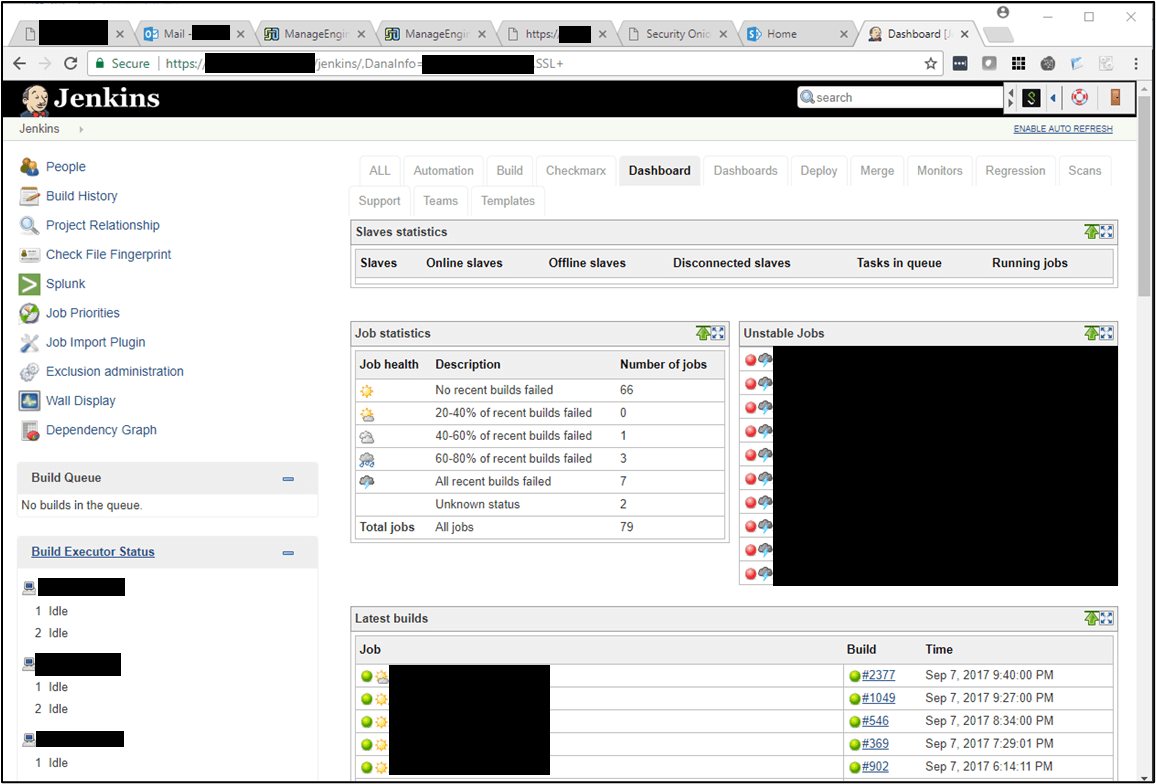
From here, we pivoted to multiple internal servers regardless of VPN policy and established a persistent backdoor in their internal network. Later on, we gained access to the company’s password vault, unlocking the keys to all their business-critical data and assets.
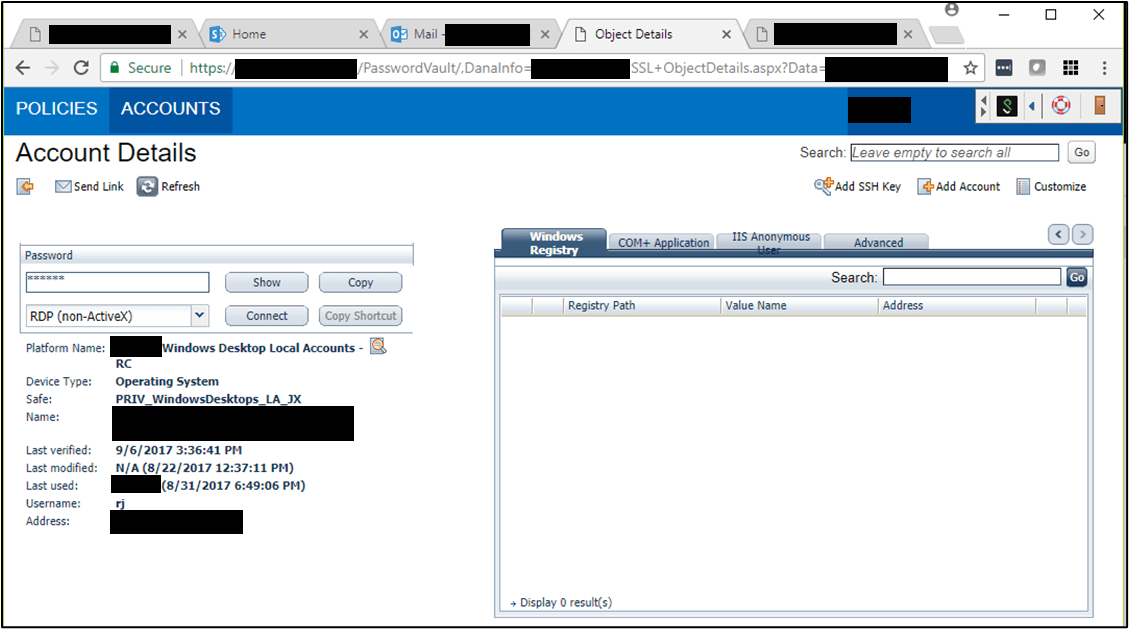
On a different red teaming engagement, we began by obtaining a print out of over 300 employee records through on-site dumper diving that included employees’ full names, department, titles, and mobile phone numbers.
We purchased a domain to masquerade as a new endpoint for their VPN through a reverse proxy that pointed to their real VPN endpoint. We sent an SMS phishing message to 63 employees on this list.
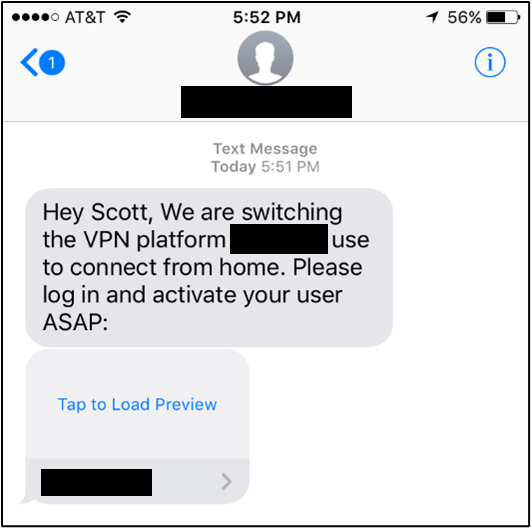
Four victims provided their credentials to the reverse proxy, and we were able to gain access to the company’s VPN and their Centrify SSO Portal. This gave us access to business-critical data, including customer data and critical details about wire transfers in the range of tens of millions of dollars.
In a financially motivated attack, hackers could coordinate a situation to walk away with irreversible wire transfers worth millions of dollars. Attacks like this happened in 2015 and 2016 when North Korean hackers managed to infiltrate banks and initiate wire transfers that resulted in the loss of $101 million.
By continuing this attack, we exposed another gap in the client’s security – an insufficient incident response. Only one victim we targeted with smishing became suspicious and reported the attack.
The active sessions for the services we compromised remained active for several days, despite this report and an investigation, including sessions for Centrify, OWA, and Gmail. We decided to challenge the client’s security further by enrolling our device to the Duo Security two-factor authentication application by creating a service ticket.
This phishing attack demonstrates just how far hackers can and will go to compromise valuable company data.
In-Depth Security Awareness Training Is Valuable at All Levels of an Organization’s Hierarchy
The examples of our team’s findings in this article demonstrate how red teaming tactics can expose gaps in an organizations’ security program. These attacks focused on a company’s biggest weakness – its employees – to show that in-depth security awareness training is valuable at all levels of an organization’s hierarchy.
Despite challenges posed by the increasing Bring Your Own Device (BYOD) model, mitigations do exist to combat these threats. Concerning BYOD, mitigations typically rely on employee awareness and detection capabilities. Keeping these concerns top of mind, organizations can use the following list of actionable advice to move in the right direction.
4 Ways to Prevent Social Engineering Attacks
-
-
Set communication policies and expectations
- Doing this tells employees how to regulate the methods, tone, and language of communication they can expect from the organization. One example is to make it a company policy that official announcements will never come through SMS messages or voice phone calls, and employees will never be asked to visit links sent to them by SMS messages.
-
Train employees on SMS phishing
- Train employees to never tap on links in SMS messages, especially those related to work functions. Even if your organization does not use personal cell phones, hackers will still target them on personal devices. It is beneficial if employees are adequately trained to know that their company would never use SMS for official communications. When employees are trained for this, an attacker attempting to use SMS for their attack would raise alarms from employees.
-
Make reporting suspicious activity easy
- Have clear procedures for reporting suspicious SMS messages. For example, employees could be trained to take a screenshot of the suspicious SMS and send that to
[email protected]. The company could also set up an SMS number that suspicious text messages can be forwarded to be investigated.
- Have clear procedures for reporting suspicious SMS messages. For example, employees could be trained to take a screenshot of the suspicious SMS and send that to
-
Monitor for suspicious logins
- Improve detection capabilities by monitoring for suspicious logins from locations that are unusual for each employee. For example, if employees typically authenticate from San Francisco and that employee account has a session active in Germany, this should raise flags.
While this list provides valuable information, keep in mind that it is not an exhaustive set of recommendations, especially since security is not a one-size-fits-all package. The best way to protect your organization from malicious threats is through tailored approaches to your specific threat and risk model.
Check out our other articles in this series:How VerSprite’s Risk-Based Security Assessments Exposed Vulnerabilities Companies Never Imagined
Preventing Physical Security Attacks Against Your BusinessRisk-Based Security Assessments, Like Red Teaming, Expose Security Awareness Training Gaps
VerSprite’s Offensive Security team focuses on emulating cybercrime and simulating test scenarios that not only reflect current attack patterns, but also threat motives. Our team can perform risk-based penetration testing, vulnerability assessments, red teaming exercises, and custom organizational threat models. Contact Our Security Advisors To Learn More About Risk-Based Defense→
-
- /
- /
- /
- /
- /
- /
- /
- /
- /
- /
- /
- /
- /
- /
- /
- /
- /
- /
- /
- /
- /
- /